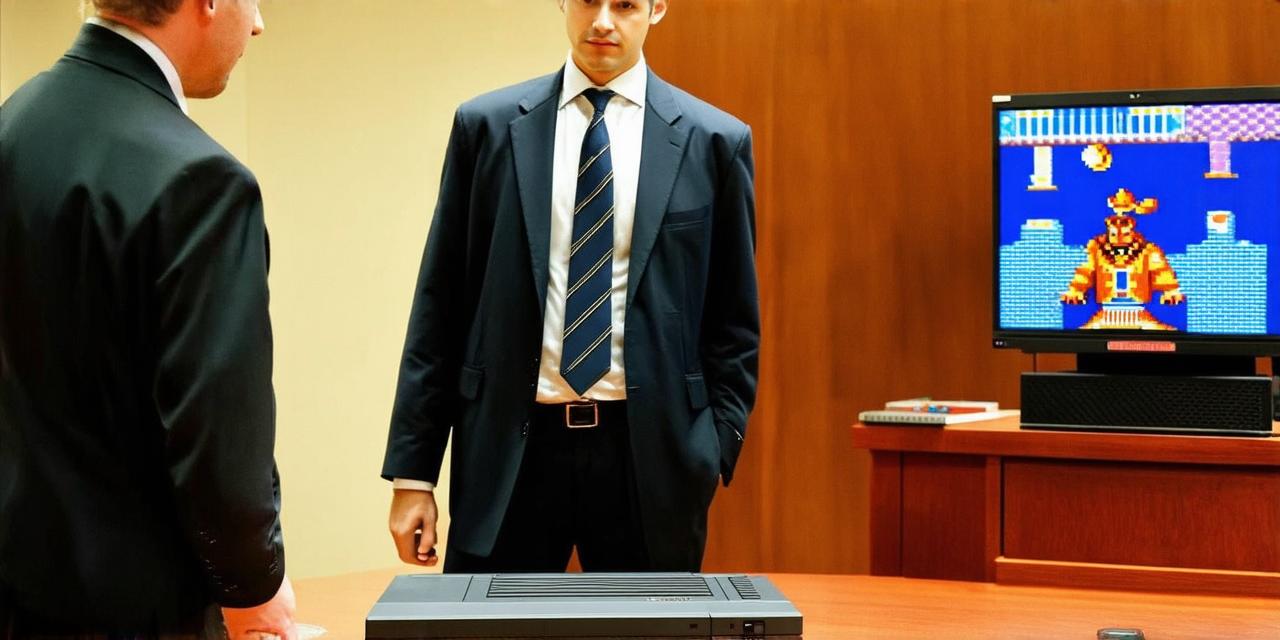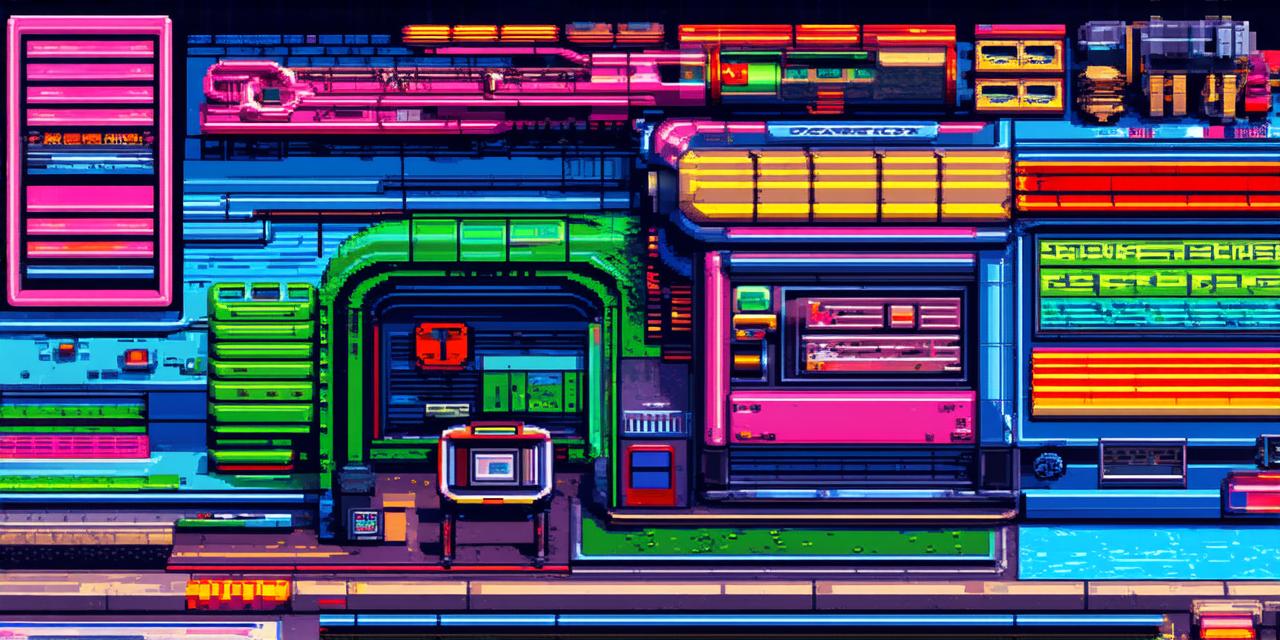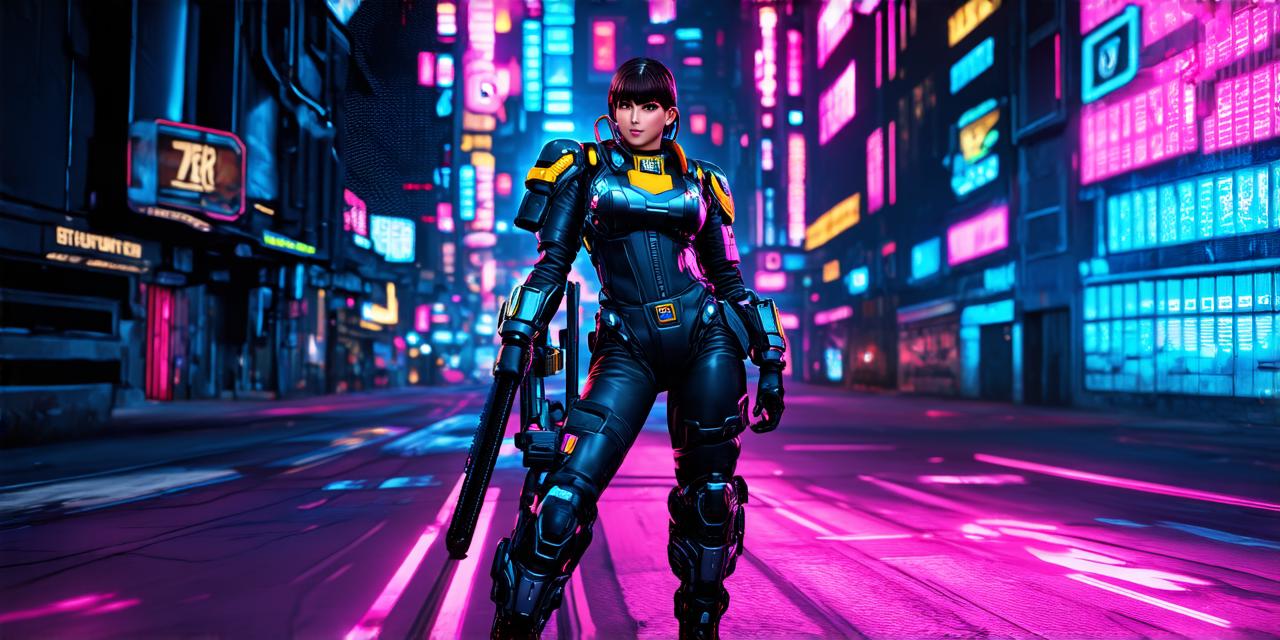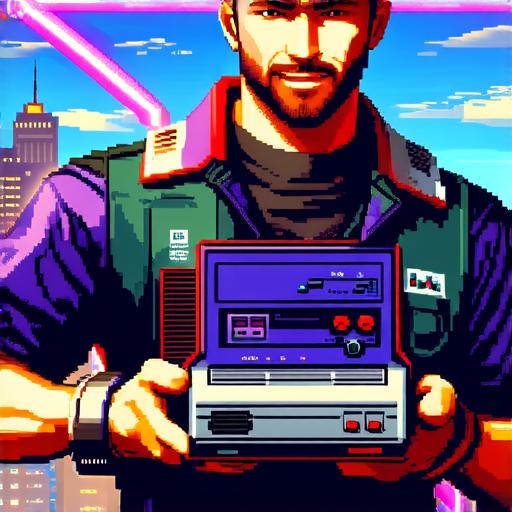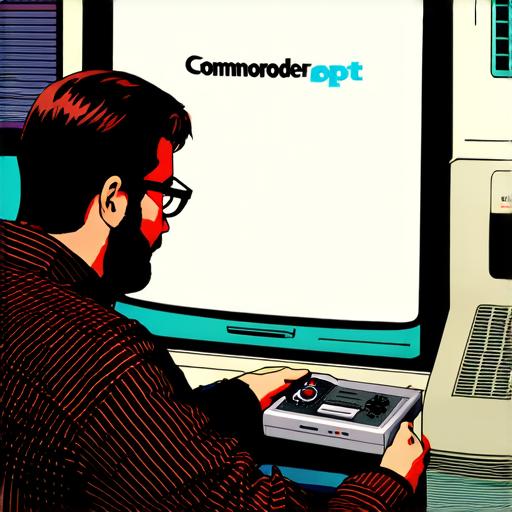How to cure video game motion sickness
What is Video Game Motion Sickness?
Video game motion sickness occurs when a player experiences discomfort or nausea while playing a video game. This can be caused by a variety of factors, including poor graphics, slow frame rates, and inconsistent movement in the game world. Motion sickness can also occur as a result of the game’s design, such as in games with excessive camera movement or unnatural controls.
Causes of Video Game Motion Sickness
There are several factors that can contribute to video game motion sickness. These include:

- Poor graphics and low frame rates: Games with poor graphics and low frame rates can cause motion sickness because the player’s eyes have trouble keeping up with the movement in the game world.
- Inconsistent movement: If the game world is moving inconsistently or unexpectedly, it can cause motion sickness in players.
- Excessive camera movement: Games with excessive camera movement can cause motion sickness because the player’s eyes have trouble keeping up with the movements of the camera.
- Unnatural controls: Games with unnatural controls, such as non-intuitive movement or aiming mechanisms, can cause motion sickness in players.
Tips for Curing Video Game Motion Sickness
Here are some tips for curing video game motion sickness:
- Optimize graphics and frame rates: To prevent motion sickness caused by poor graphics and low frame rates, optimize your game’s graphics and ensure that the frame rate is high enough to keep up with the player’s movements.
- Consistency in movement: Ensure that the movement in your game world is consistent and predictable to prevent motion sickness caused by unexpected or unnatural movements.
- Reduce camera movement: Limit the amount of camera movement in your game to prevent motion sickness caused by excessive camera movement.
- Intuitive controls: Make sure your game’s controls are intuitive and easy to use, as this can help prevent motion sickness caused by unnatural controls.
- Provide options: Allow players to customize their gaming experience by providing options for things like field of view, graphics quality, and motion sickness prevention settings.
FAQs
1. What are some common symptoms of video game motion sickness?
- Discomfort or nausea while playing the game.
- Dizziness or lightheadedness.
- Headaches or eye strain.
2. How can I prevent motion sickness in my game?
- Optimize graphics and frame rates.
- Ensure consistent movement.
- Reduce camera movement.
- Provide intuitive controls.
- Provide options for players to customize their gaming experience.
3. Are there any medications that can help with motion sickness?
Some medications, such as anti-nausea pills or patches, may be effective in reducing symptoms of motion sickness. However, it’s important to consult with a healthcare professional before taking any medication.
Conclusion
Motion sickness is a common problem that can negatively impact player experience and reduce engagement. As game developers, it’s important to understand the causes of motion sickness and how to prevent or cure it. By following these tips and providing options for players to customize their gaming experience, you can help create a more enjoyable and immersive gaming experience for your players.

